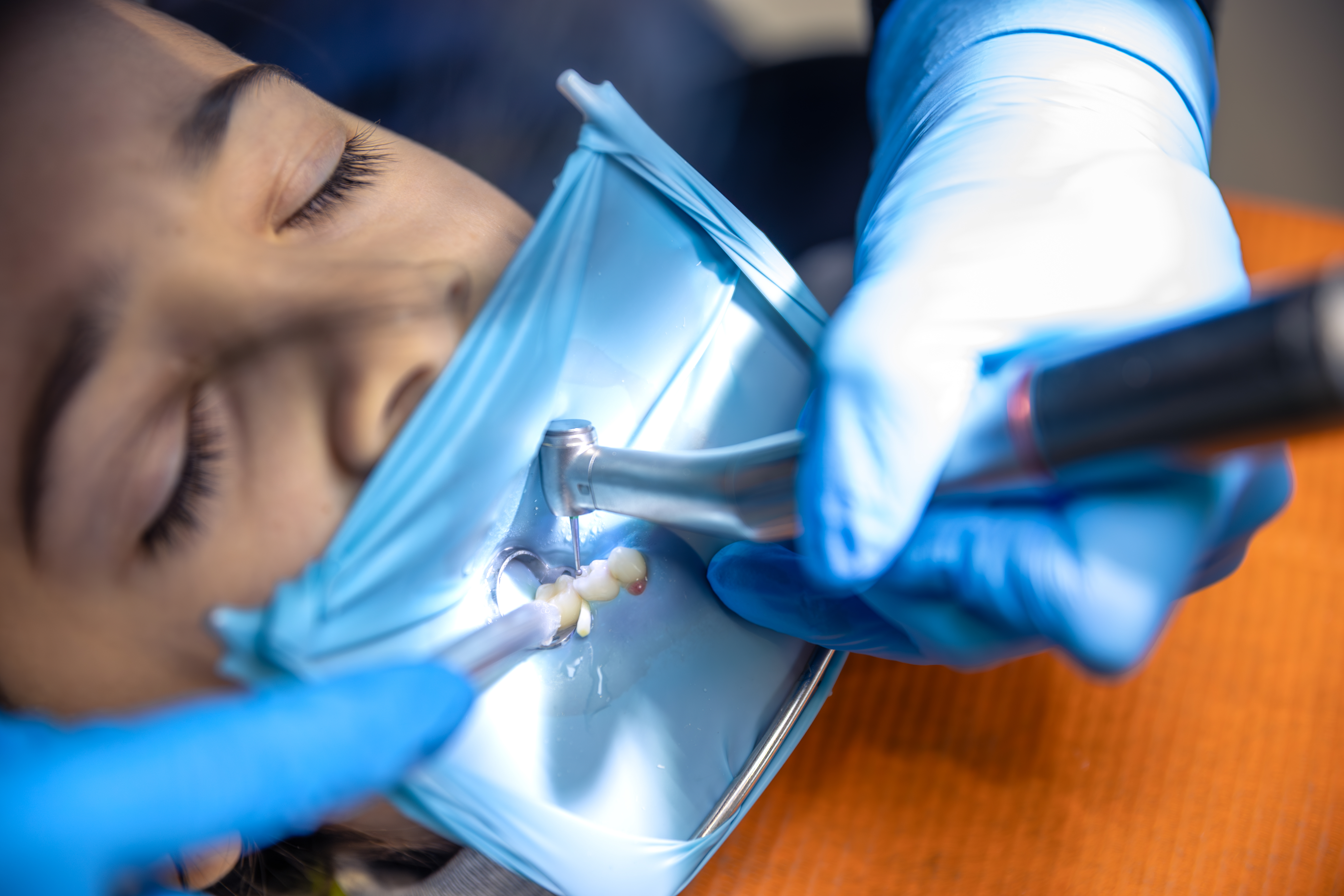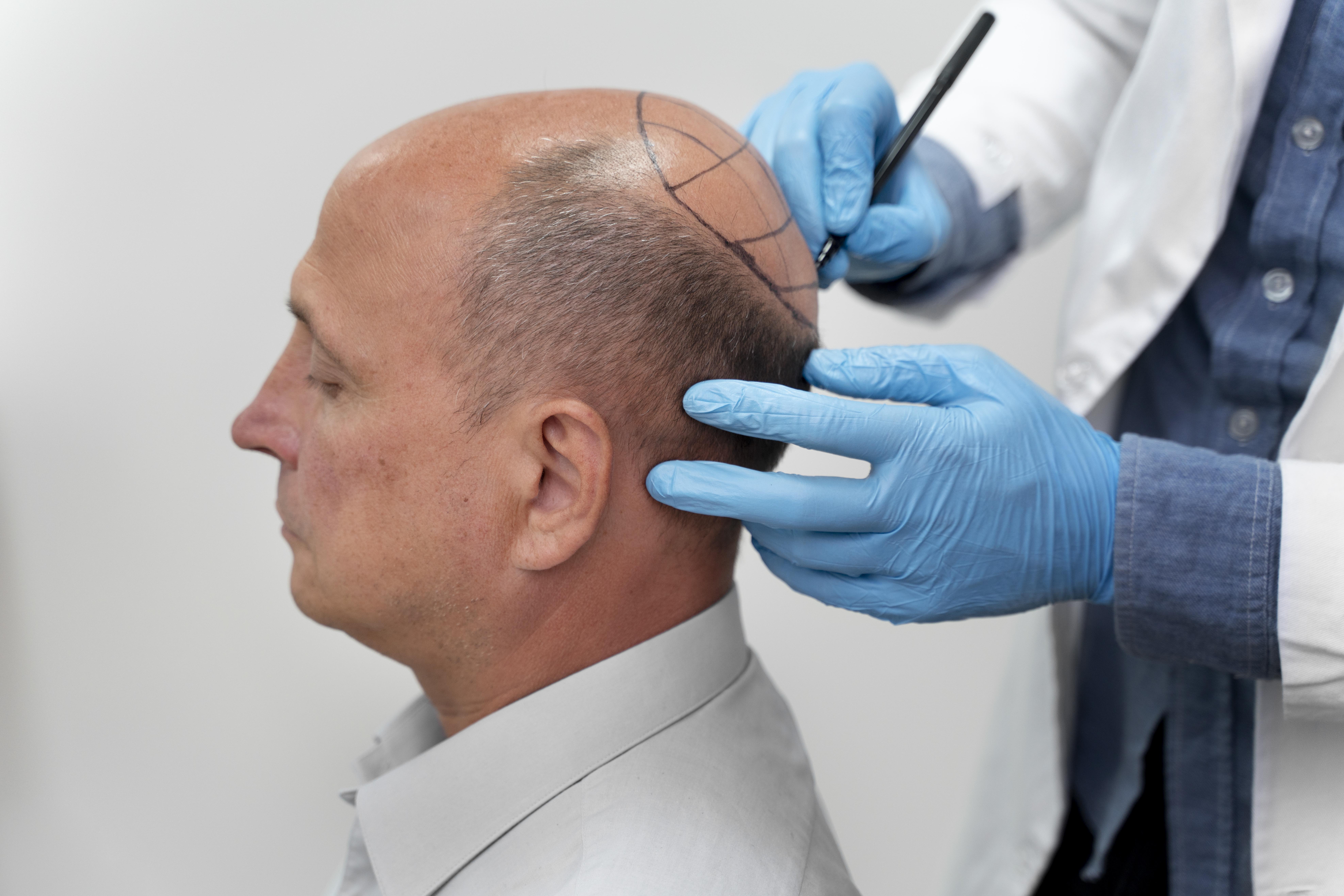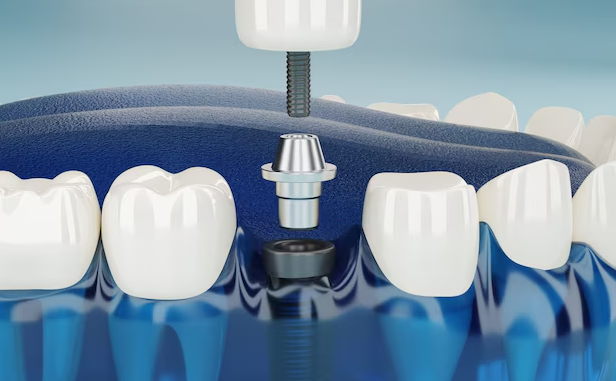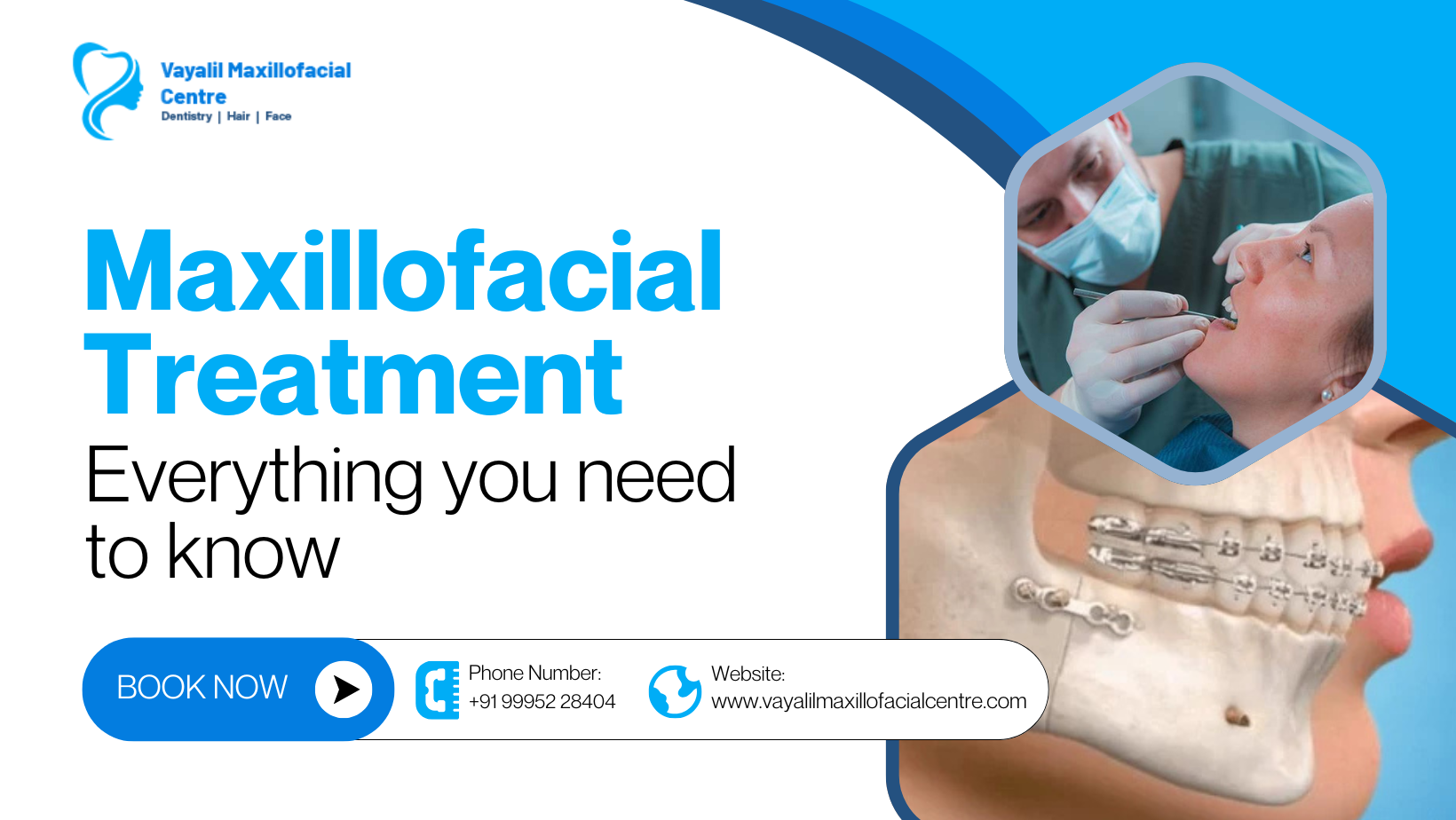A report published in the National Library of Medicine, suggests that a root canal is a common dental procedure with more than 50% of the global population having at least one root canal treatment during their lifetime. So, if your dentist suggests a root canal treatment, rest assured—you join half the world’s population who have undergone the procedure, and there’s nothing to fear. However, understanding more about the procedure will help you recover faster after a root canal.
So, what is a root canal?
A root canal is a dental procedure that involves removing the infected pulp from the tooth’s soft core. This pulp houses the blood vessels, tissues and nerves. If this pulp gets infected, the dentist removes it to stop further decay and prevent other medical complications. During a root canal, the dentist removes the infected core, cleans the inner part of the tooth, and adds a sealant to fill the space. A root canal treatment aims to save the natural tooth instead of extracting the tooth wholly.
When will your dentist suggest a root canal for you?
While many people visit the dentist only when they experience symptoms like persistent pain, gum bleeding, or even tooth discoloration, it is always advisable to visit your dentist regularly to prevent medical complications.
Before suggesting a root canal, your dentist will have a tooth x-ray taken to confirm the infection of the pulp. Also, the x-ray can show if there is an infection in the surrounding bones or areas of the infected tooth. If the doctor confirms the infection, you can schedule a convenient date at the earliest for a root canal.
What happens in a root canal procedure?
A dentist or a specialized endodontist is qualified to perform a root canal. During root canal treatment your dentist will:
-
The dentist numbs the area to be treated by administering local anesthesia. With local anesthesia, you will not feel any pain during the procedure.
-
Place a rubber sheet around the tooth to keep the area dry and free from saliva. This makes it easier for your dentist to perform the procedure.
-
Your dentist will then create a small cut, opening or incision at the top of the tooth’s crown. From this small opening or incision, your dentist will access the infected pulp. The doctor or endodontist will use small instruments to access the core. More modern root canal procedures use laser light instead of drills.
-
Through this incision, the dentist will remove the bacteria from the pulp and clean the tooth. During the procedure, your dentist may spray the area with water to remove the particles.
-
After your doctor removes the bacteria, the doctor will clean the tooth and seal the space. The space is sealed with a biocompatible, rubber-like material. Also, your doctor will use a sealing cement to close the incision.
-
Your dentist will advise follow-up consultation visits for any additional dental restoration work.
Where can you get a safe root canal procedure?
Trust only the best dental cares for safe root canal procedures by qualified and well-experienced dentists and endodontists. At Vayalil maxillofacial centre, we offer painless procedures and minimum to no discomfort to patients for root canals and other dental procedures. Visit our website to know more about safe dental procedures.














